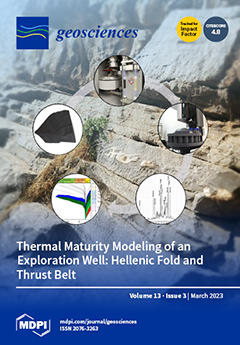Open AccessArticle
The Current State of Irrigated Soils in the Central Fergana Desert under the Effect of Anthropogenic Factors
by
Evgeny Abakumov, Gulomjon Yuldashev, Ulugbek Mirzayev, Murodjon Isagaliev, Guzalkhon Sotiboldieva, Sultonkhuja Makhramhujaev, Inomjon Mamajonov, Zikrjon Azimov, Omonjon Sulaymonov, Khasanboy Askarov, Barchinoy Umarkulova, Abror Rahimov and Timur Nizamutdinov
Cited by 10 | Viewed by 4253
Abstract
This article highlights the role of anthropogenic factors in the modern and stage-by-stage development of soils, using the meadow-marsh soils of Central Fergana as an example. Information on the anthropogenic evolution of desert subtropical soils under long-term irrigation is provided. Data on the
[...] Read more.
This article highlights the role of anthropogenic factors in the modern and stage-by-stage development of soils, using the meadow-marsh soils of Central Fergana as an example. Information on the anthropogenic evolution of desert subtropical soils under long-term irrigation is provided. Data on the component composition of readily soluble salts in soils are discussed. It has been revealed that marsh-meadow soils under the influence of long-term irrigation gradually evolve into the irrigated meadow-saz soils of deserts. It is necessary to organize and conduct monitoring, the results of which could be implemented for the selection of agricultural crops, the development of methods of their sowing and planting, and for development of soil protection methods. In the initial period of using hydromorphic soils for irrigation in desert landscapes, there is a decrease in humus and total nitrogen content. The agrogenic transformation of hydromorphic soils under long-term and intensive use leads to significant changes in a number of soil properties. Each region-specific, soil-climatic condition may have its own pattern of soil areal evolution which is closely linked with the geochemical landscapes and the dynamics of the soil fertility. It is therefore necessary to consider the trends of soil transformation and evolution to improve soil fertility.
Full article
►▼
Show Figures





